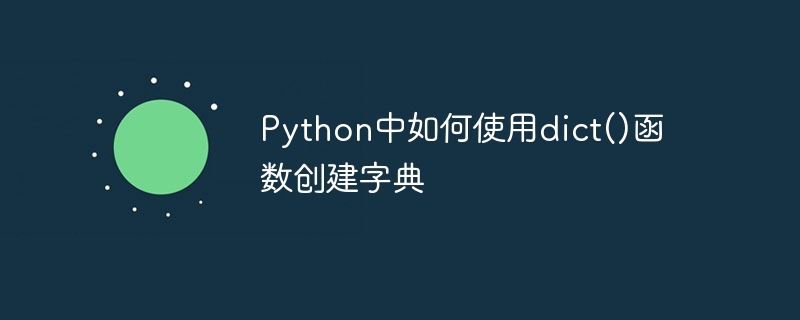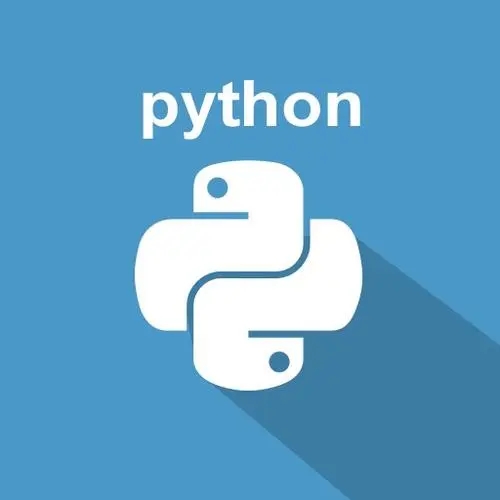
Python中如何使用dict()函数创建字典
在Python中,字典是一种非常常见且常用的数据类型。字典是由一对一对的key-value组成的,每个key-value对之间用冒号:进行分隔,不同的key-value对之间用逗号,进行分隔。在Python中,我们可以使用dict()函数创建字典。
使用dict()函数创建字典非常简单,只需要将要创建的字典内容作为参数传递给dict()函数即可。下面我们来看一些具体的实例和代码。
实例一:
立即学习“Python免费学习笔记(深入)”;
# 创建一个空字典 my_dict = dict() print(my_dict)
输出:
{}在上述代码中,我们使用dict()函数创建了一个空字典,并将其赋值给变量my_dict。然后,我们通过print()函数打印该字典,输出结果为一个空字典。这是因为我们并没有传递任何内容给dict()函数。
实例二:
# 创建一个有内容的字典
my_dict = dict({'name': 'Alice', 'age': 20, 'gender': 'female'})
print(my_dict)输出:
{'name': 'Alice', 'age': 20, 'gender': 'female'}在上述代码中,我们使用dict()函数创建了一个包含三个key-value对的字典,并将其赋值给变量my_dict。然后,我们通过print()函数打印该字典,输出结果为一个包含三个key-value对的字典。
实例三:
# 创建一个有内容的字典(通过传递参数键值对的形式) my_dict = dict(name='Alice', age=20, gender='female') print(my_dict)
输出:
{'name': 'Alice', 'age': 20, 'gender': 'female'}在上述代码中,我们使用dict()函数创建了一个与实例二相同的字典。不同的是,我们不再使用花括号{}包裹键值对,而是直接将键值对作为参数传递给dict()函数。
实例四:
# 创建一个有内容的字典(通过传递zip()函数生成的可迭代对象) my_keys = ['name', 'age', 'gender'] my_values = ['Alice', 20, 'female'] my_dict = dict(zip(my_keys, my_values)) print(my_dict)
输出:
{'name': 'Alice', 'age': 20, 'gender': 'female'}在上述代码中,我们通过zip()函数将my_keys和my_values进行了组合,生成了一个可迭代对象。然后,我们将该可迭代对象作为参数传递给dict()函数,创建了一个与实例二相同的字典。
通过以上实例和代码,我们可以看到,使用dict()函数创建字典非常灵活和方便。我们可以将键值对直接作为参数传递给dict()函数,也可以通过zip()函数生成的可迭代对象来创建字典。
总结
在Python中,使用dict()函数创建字典非常简单。我们可以通过传递参数键值对的形式,或通过可迭代对象来创建字典。无论是空字典还是有内容的字典,都可以通过dict()函数来创建。灵活运用dict()函数,可以方便地创建我们需要的字典,并且提高了代码的可读性和可维护性。
希望本文对你理解如何使用dict()函数创建字典有所帮助。继续学习和探索,你会发现Python中字典的强大之处,并且能够灵活运用它们解决问题。
以上就是Python中如何使用dict()函数创建字典的详细内容,更多请关注php中文网其它相关文章!

python怎么学习?python怎么入门?python在哪学?python怎么学才快?不用担心,这里为大家提供了python速学教程(入门到精通),有需要的小伙伴保存下载就能学习啦!

Copyright 2014-2025 https://www.php.cn/ All Rights Reserved | php.cn | 湘ICP备2023035733号